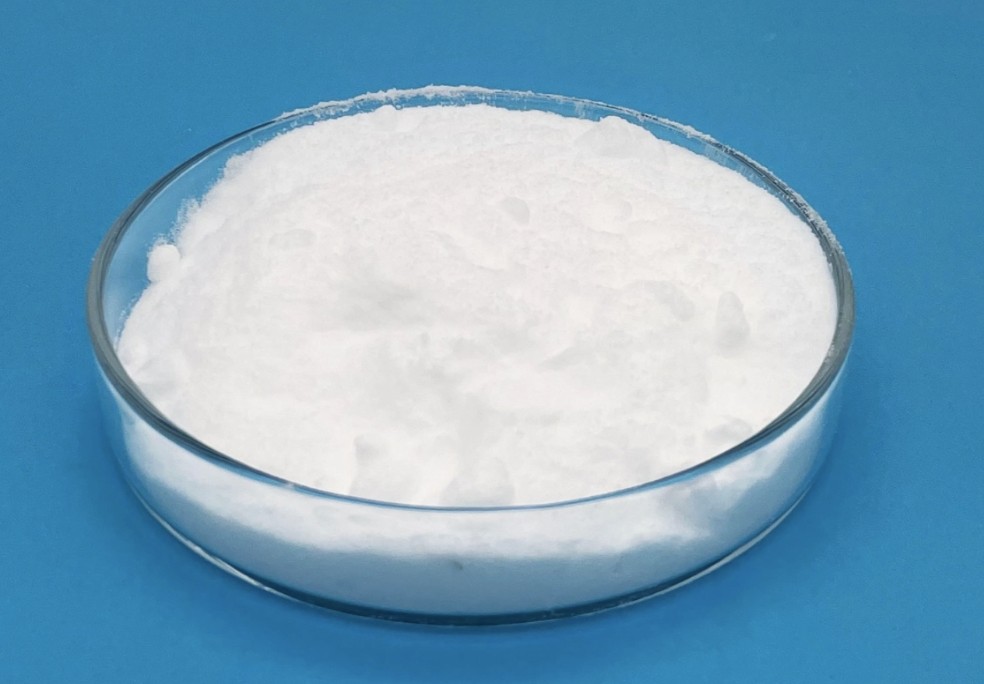Ime: Levobupivacaine Base
Sopomenke:1-Butyl-N-(2,6-dimethylphenyl)-piperidine-2-carboxamide;Chirocaine;Levobupivacaine;(2S)-1-Butyl-N-(2,6-dimethylphenyl)piperidine-2α-carboxamide;2′,6′-Pipecoloxylidide, 1-butyl-, L-(-)-;1-Butyl-N-(2,6-dimet;;(2S)-1-Butyl-N-(2,6-diMethylphenyl)-2-piperidinecarboxaMide
CAS:27262-47-1
MF:C18H28N2O
MW:288.43
Tališče:136-137°C
Kemijske lastnosti:White Solid
Uses :Local anaesthetic used for epidural and intrathecal anaesthesia.
Levobupivacaine is a local anaesthetic drug belonging to the amino amide group. It is the S-enantiomer of bupivacaine. Levobupivacaine hydrochloride is commonly marketed by Abbott under the trade name Chirocaine. Levobupivacaine is indicated for local anaesthesia including infiltration, nerve block, ophthalmic, epidural and intrathecal anaesthesia in adults; and infiltration analgesia in children. Compared to bupivacaine, levobupivacaine is associated with less vasodilation and has a longer duration of action. It is approximately 13 percent less potent (by molarity) than racemic bupivacaine and has a longer motor block onset time.
Clinical Use
Compared to bupivacaine, levobupivacaine is associated with less vasodilation and has a longer duration of action. It is approximately 13 percent less potent (by molarity) than racemic bupivacaine and has a longer motor block onset time.
Indications
Levobupivacaine is indicated for local anaesthesia including infiltration, nerve block, ophthalmic, epidural and intrathecal anaesthesia in adults; and infiltration analgesia in children.
Contraindications
Levobupivacaine is contraindicated for IV regional anaesthesia (IVRA).






















